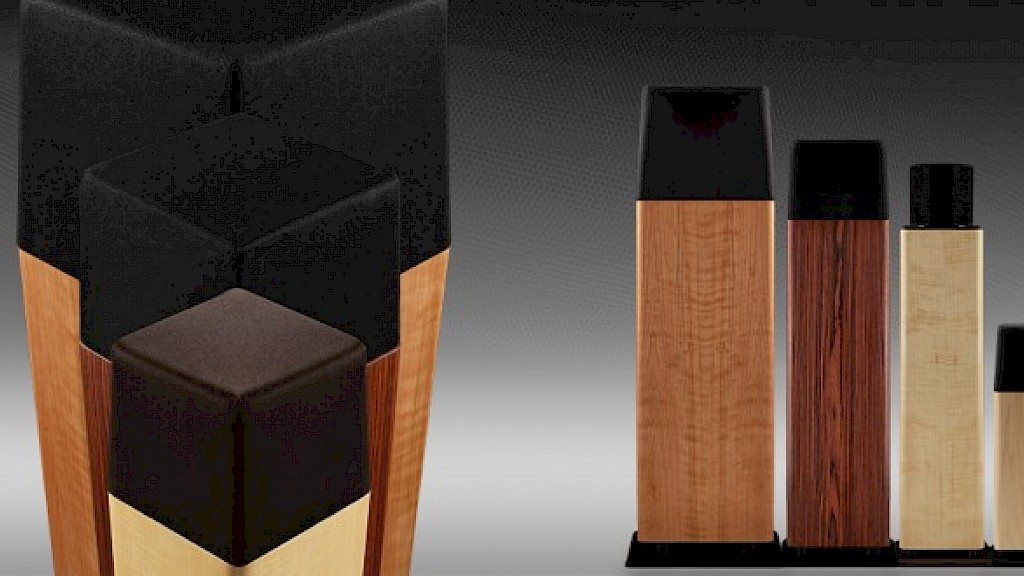Phased Out: Part 1
“Phase” and “polarity” are two terms often used – incorrectly – interchangeably.
They are almost never the same. The one time they are the same is when you change the input to a speaker (or driver) from an amplifier so at first the red on the amplifier is connected to the red on the speaker and the black to black and after the change the red is connected to black and black to red.
In this case, the polarity has switched and the phase has changed 180 degrees everywhere. Sound waves consist of pressure waves moving through a medium (often air). Each wave consists of both a compression wave (where the pressure gets higher) followed by a rarefaction wave (where the pressure gets lower). Traditionally, the compression part of a sound event is considered positive and the rarefaction portion is considered negative.
With more than one speaker reproducing music, it is important that all the front main speakers are in phase with each other (aka having the same polarity). If not, when the sounds gets to your ears, you will have some sounds adding and others subtracting. This cancellation is most noticeable in the bass where the areas affected are large due to the long wave-lengths of the sounds. With speakers that are out of phase, you can experience drastic reductions (almost eliminations) of the deep bass. As you go in frequency to the midrange (and the wavelength becomes about head-sized and smaller) the cancellations will be different for each ear. This mostly affects imaging. It creates the weird effect of not being able to locate the source (not even in the speaker) and the apparent source can be anywhere and nowhere at the same time.
While “out-of-phase” speakers seriously degrade sonic performance, checking to make certain your speakers are “in-phase” is not a complicated task and should be done after any and every system reconfiguration.
Start with just your two main speakers and use music with good bass and a solo singer as your test material. Place the two speakers as close to each other and centered between their final locations as possible. Play the test track. Reverse the polarity on just one speaker and just at the speaker. Play the test track again. Whichever connection had the best bass is the correct position for the wire.
Next, move the speakers to their final locations and repeat the test while sitting equal distances from the speakers. This time, the big change should be in the imaging of the soloist. When properly in-phase, the soloist should seem to come from a small spot in between the two speakers. When improperly connected (out-of-phase), the soloist will probably sound like it is coming from everywhere!
These two tests should give you the same result as to which is the correct connection. If they disagree, please run the tests again. Then, if you are confident in your results, please give me a call to discuss your very unusual situation –probably a speaker placement problem.
If the tests give consistent results, hook the speakers up in the correct way. If you have a center channel, add it to the system and repeat the test; but only change the wire on the center channel speakers.
If you keep all your connections red to red and black to black, you are usually just fine. But, it is easy to make mistakes and worth checking. A good friend of mine claims I have a 75% chance of connecting any pair of speakers out-of-phase if I don’t double check!
While ensuring that your speakers are “in-phase” is a necessary condition for good sound, it is not always sufficient. There can be other inherent problems that negatively affect sound. But making sure that your speakers are “in-phase” is a good beginning to excellent sound.
And then there is Absolute Phase; but we will discuss that in Part Two…
Enjoy & Good Listening!
John
Subscribe to Ohm News & Views to get the latest posts in your inbox
John Strohbeen Author
John Strohbeen was the President and Chief Engineer of Ohm Acoustics from 1978-2023.


